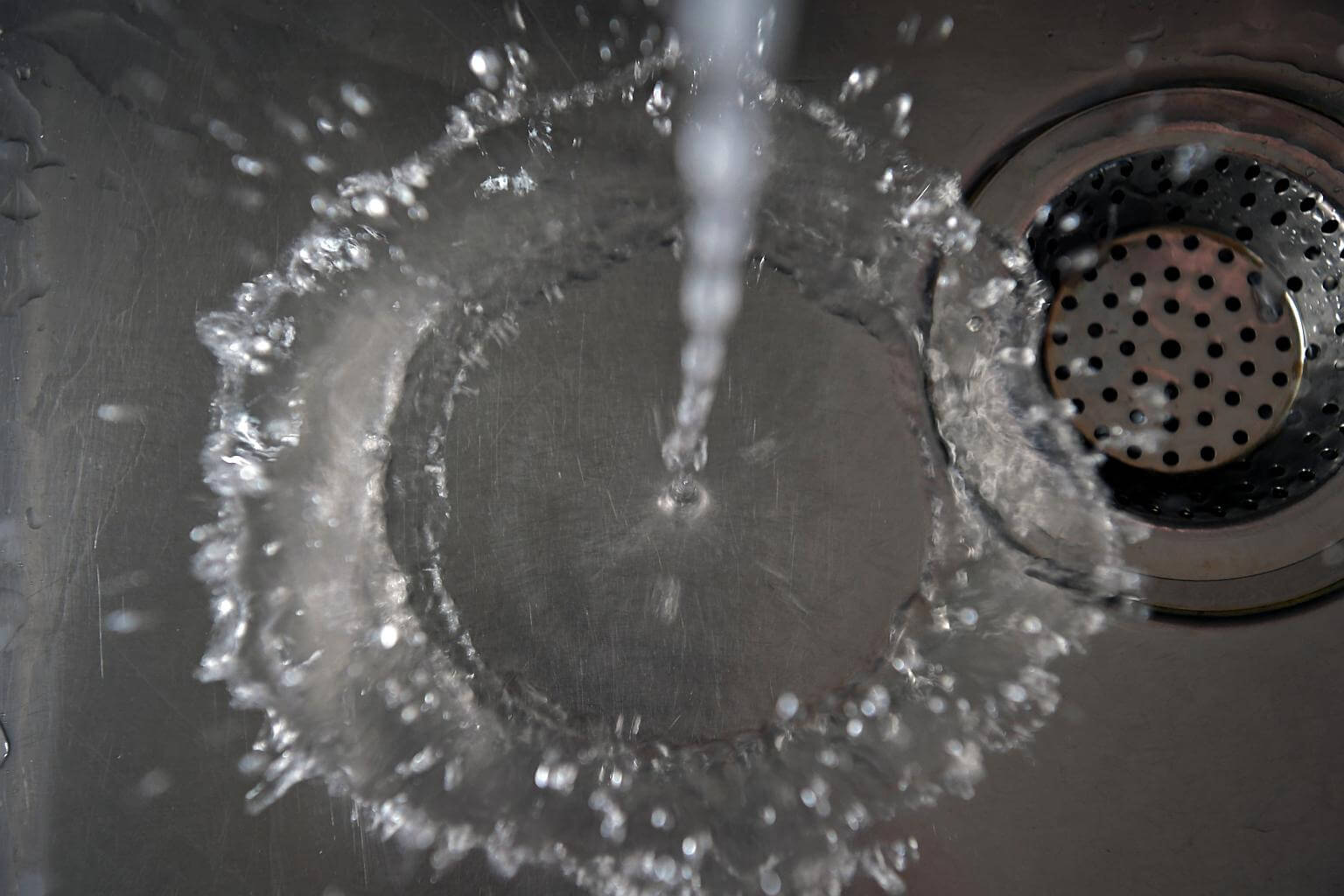Raising water tariffs is imperative to government's efforts to remedy Iran's water sector that is beset by excessive consumption and declining investments, the Energy Ministry's caretaker said.
Sattar Mahmoudi also noted on Sunday that water tariffs should be increased gradually and within the national regulations, considering the financial status of households with low income, ILNA reported.
“As we cannot come up with new water resources, there is no choice but to manage consumption and prioritize sectors that are in dire need of the invaluable resource. One measure to fulfill this goal is by implementing a gradual uptick in water tariffs," he said.
The official said the nation’s dwindling water resources must be allocated to meet the country’s basic needs.
Experts believe that raising water prices by the government, which runs most public facilities, could initially trigger a public backlash but will help correct the profligate consumption pattern in the long run. On underinvestment in water and power industries, he stressed that both sectors have dilapidated infrastructures, therefore Iran must find ways to attract finance to renovate the industries.
“We can't afford to rely on insufficient state funds. Another solution could be raising water and power prices that can prop up private investments,” Mahmoudi said.
Last month, Mahmoudi outlined an unsurprising uptrend in Iran’s water and electricity use, scuttling government efforts and pleas to a population of 80 million to rein in water and electricity consumption.
“Water and electricity consumption rose 2.5% and 7.4% respectively in [the first half of] the current fiscal year [started March 21] compared with the similar period in the last fiscal,” he told ISNA.
Referring to unrestrained growth in water consumption of 1-2.5% annually in the last few years, Mahmoudi stressed that daily consumption reached 20 million cubic meters on some days in the present fiscal, indicating a an average increase of 3.4%.
Iran’s rate of precipitation in the 2016-17 water year was normal, but some provinces such as Khuzestan, Yazd, Semnan, South Khorasan, Kerman and Khorasan Razavi experienced serious water shortage in summer.


